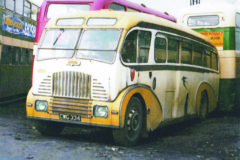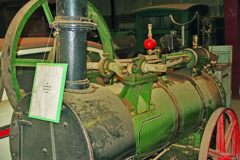Bedford M-type profile
Posted by Chris Graham on 14th April 2021
Peter Davies shares an in-depth analysis of the Bedford M-type; the model that continued the brand’s support of military fleets worldwide into the 1970s.
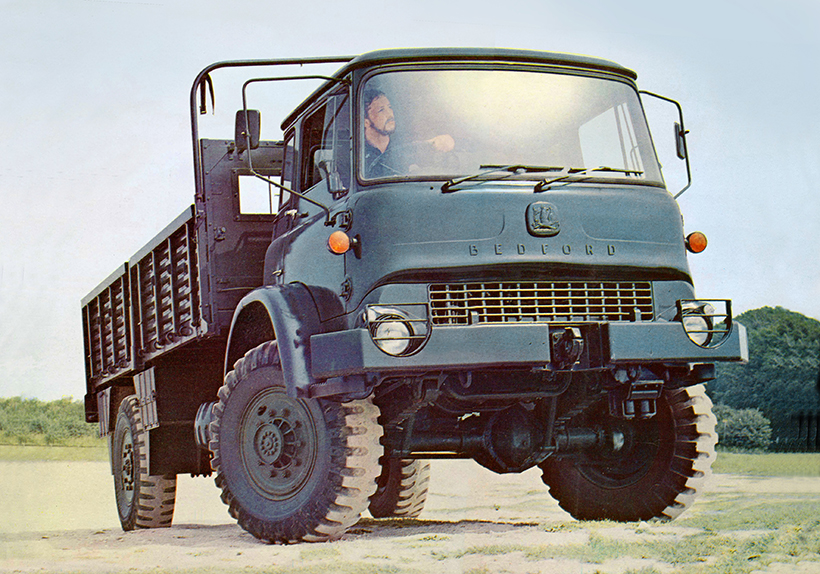
Bedford M-type profile: Launched in May 1970, the MKP2 military spec 4-tonner took over from the famous R-type, continuing Bedford’s success in serving the MoD.
To tell the full story of the Bedford M-type we need to look back at the manufacturer’s proud history in the field of military vehicles. The legendary Bedford R-type 3-ton 4×4, originally launched in 1952, was so successful it became the main 3-ton army truck for the British Ministry of Defence and continued in production until late 1969. The R-type followed on from the equally illustrious wartime QL (Q meaning Quad). The famous QL made a name for itself in World War 2 and when its new post-war replacement was developed it naturally followed on, alphabetically, as the RL.
In May 1970 Bedford launched the R-type’s successor, the M-type 4-ton 4×4. This was based on the same 13ft wheelbase as the RL. Interestingly, when work began on the new M-type in the early ‘sixties it was, at first, designated ‘RK’ (R-type based on TK) but this was dropped in favour of ‘M-type’. In military guise, as the MKP2BMO, the new model had a multi-fuel engine, based on Bedford’s own 330 cu in (5.4 litre) 6-cylinder diesel, and a gvw of 9.5 tons. In military jargon it was listed as ‘Truck, Cargo, 4 ton, 4×4, Bedford MK.’
But the M-type wasn’t just a 4×4 cargo truck. It fulfilled a whole host of roles. To quote Bedford’s military brochure: ‘A single vehicle capable of carrying out a multiplicity of roles is a vital step in achieving cost effective defence budgeting. It keeps spares holding to a minimum and rationalises technical training and special servicing equipment. The Bedford M-type can be the base vehicle for widely differing military roles: fire-fighting, fuelling, trailer towing, container transport, general cargo, self-loader, troop carrier or go-anywhere mobile workshop’.
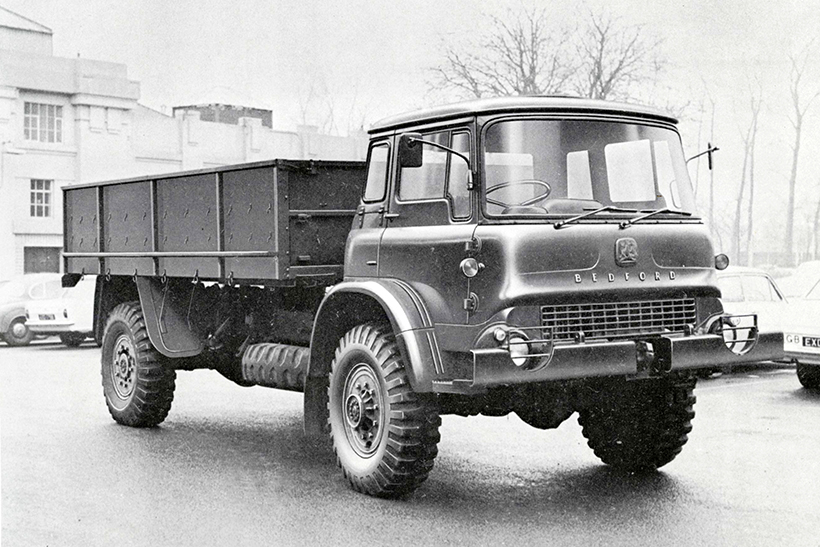
Early engineering prototype, one of several to undergo a punishing test programme in all climates. Note the straight bumper.
Interchangeability
Commonality with its predecessor and interchangeability of parts counted for a great deal according to an early, confidential pre-launch document based on MoD requirements. To quote: ’Although the Bedford RK has been developed to meet the modern operational requirements of the British Fighting Vehicles Research and Development Establishment (FVRDE) and incorporates the improved features of the civilian model TK, it retains an extensive degree of commonality with the existing model R, the major ones being: Gearbox assembly; Transfer box gears; Selector mechanism; Axle differentials; Chassis crossmembers; Various engine parts etc.’ Also: ’The majority of special tools required for model RK will be the same as for the current model R, because of this commonisation’.
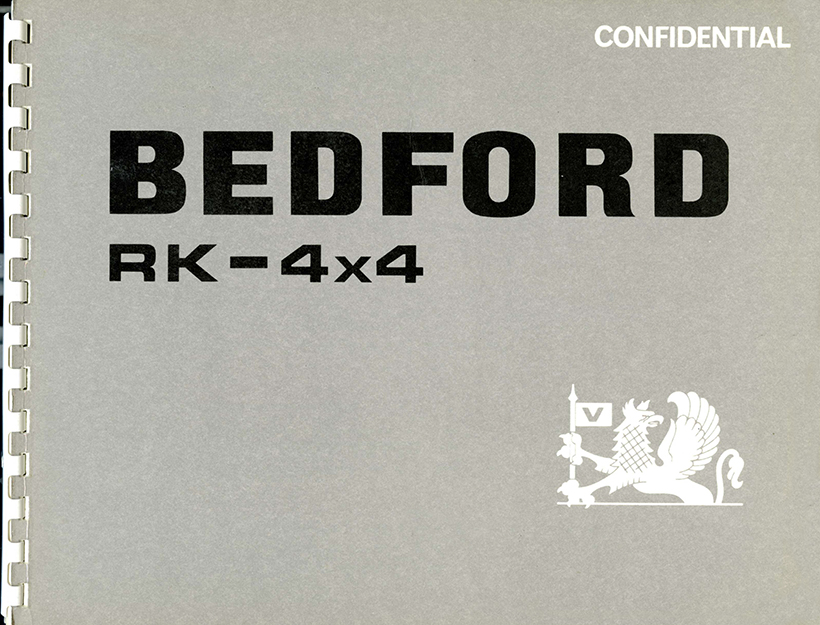
As this confidential internal briefing document shows, the model was originally designated RK.
In the course of the M-type’s development during the mid-‘60s prototypes underwent a rigorous testing programme; not just covering thousands of miles at the FVRDE testing ground but in extreme hot and cold climates worldwide. Such testing took place in Canada, Europe, North Africa, Scandinavia, Trucial Oman and Malaya.
In all its various forms, the M-type was capable of extraordinary off-road performance with a theoretical maximum gradeability of 49% or almost 1 in 2, the limiting factor being wheel grip. It was particularly easy to drive, having a synchromesh gearbox and excellent all-round vision. The gearbox used was Bedford’s own four-speed unit with synchromesh on 2nd, 3rd and 4th while a mid-mounted Bedford transfer box provided a choice of 4×2 and 4×4 drive in high ratio or 4×4 in low ratio only.

Front cover of early Military brochure depicts the MK’s exceptional off-road capability.
To further quote the military brochure and handbook: ‘Via the transfer box, high ratio is available in two-wheel or four-wheel-drive; low ratio is available in four-wheel-drive only. There is provision on the transfer box for an optional full-power PTO (power take off) drive to be taken from the front or rear of the box for running such accessories as winches or hydraulic pumps.
‘A full-power 5-ton winch driven by power take off beneath the normal cargo body can be supplied making the M-type an ideal field recovery vehicle. The maximum pull of the winch is governed by engine torque. A sliding-dog clutch is incorporated to disconnect the cable drum from the main sleeve. The drum can be prevented from rotating by a band brake. Fairleads are fitted at the front and rear of the vehicle to enable winching to be carried out in either direction’.

The manufacturer’s publicity shots continued to demonstrate the same off-road performance – this impressive image is from the mid-‘80s.
Suspension consisted of rubber-bushed semi-elliptic steel leaf springs with helper leaves at the rear. Double-acting telescopic hydraulic shock absorbers were standard both front and rear. Vertical movement at the front springs was controlled by check links.
One important mandate from the MoD was air-portability. The Bedford M-type had to be air-portable without modification. Two could be loaded into a C-130 Hercules transport aircraft. Versatility of bodywork was also important both for the MoD and for export customers. The M-type could be supplied in chassis-cab form for direct export or a variety of specialist bodywork could be fitted in the UK.

Military M-types, designated ‘MKP’ took the Bedford 5.4 litre multi-fuel engine shown here in cross-section.
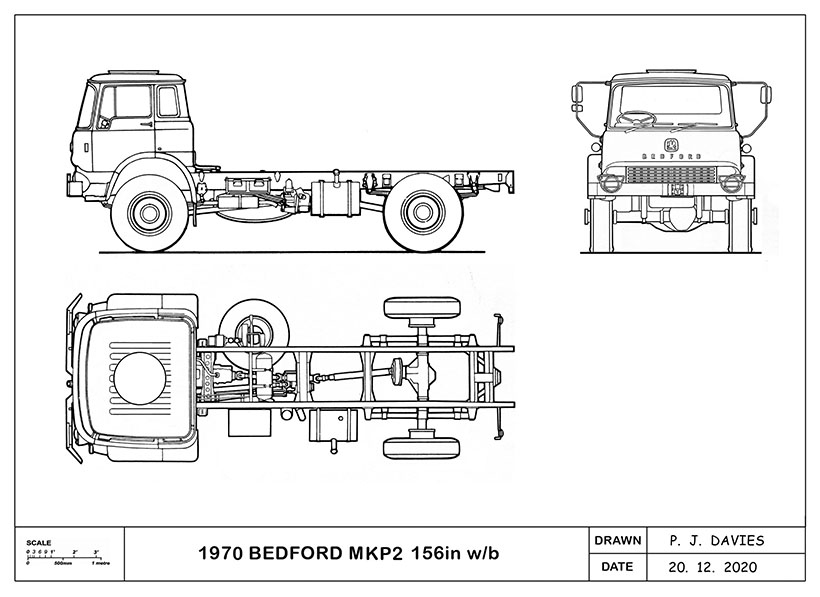
Layout drawing of the early MKP2 which was on the same 13ft wheelbase as the old R-type. Not the drum type transmission parking brake.
Inside the military cab there were important features like a sturdy gunner/observer platform to provide safe access to the roof hip ring. Another option was a roof mounted platform. Ease of handling and excellent all-round vision added up to a first class work environment for both driver and personnel.
A wide choice of tyres was available, the standard military fitment being a non-directional 12.00×20 cross-ply on a three-piece 10-stud centre with 8in offset. Options included 12.00R20 radials with directional tread pattern suitable to cope with muddy, rocky or desert terrain. For extra flotation there was the option of wide 18×19.5 singles at the rear. These were limited to 40mph maximum speed.
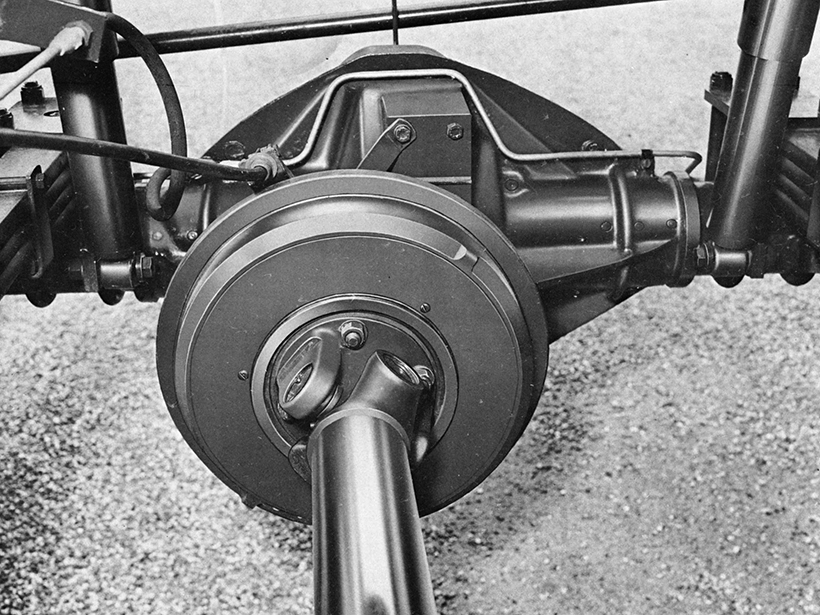
Military models, as seen in the layout drawing, had a drum type transmission parking brake mounted on the rear axle pinion shaft.
While manual steering, with a ratio of 25.5:1, was standard there was the option of ram-type power assistance. Early models had the old-style TK four-spoke steering wheel while, from 1979 onwards, a more modern two-spoke wheel was fitted. Regardless of manual or power assisted steering, drivers were advised to keep their thumbs away from the spokes when on rough terrain in order to avoid injury in the event of sudden kick-back.
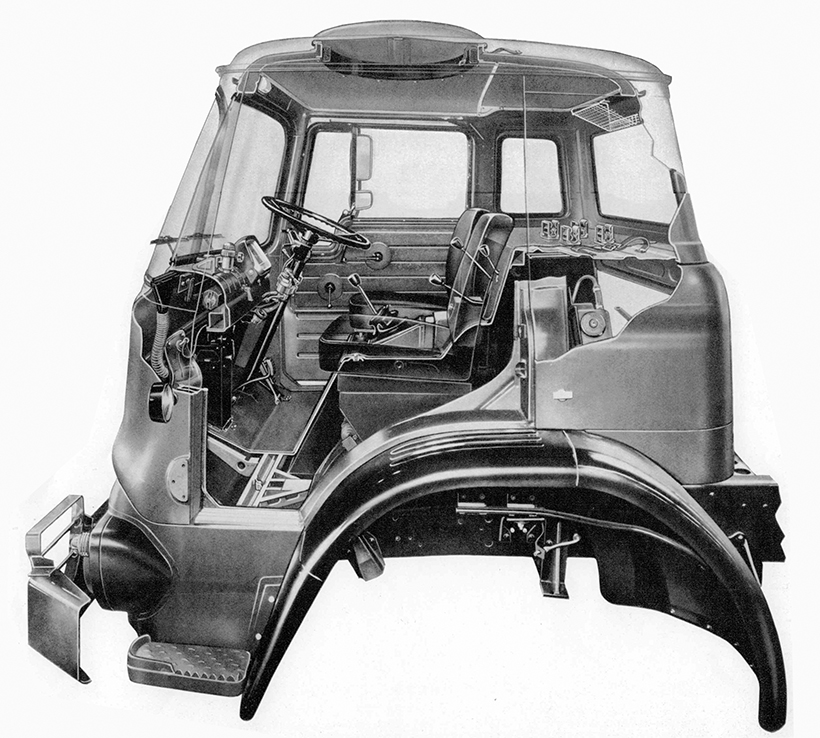
Cutaway illustration of the military spec driver’s cab features a roof hip-ring and weapon stowage clips on the rear shelf.
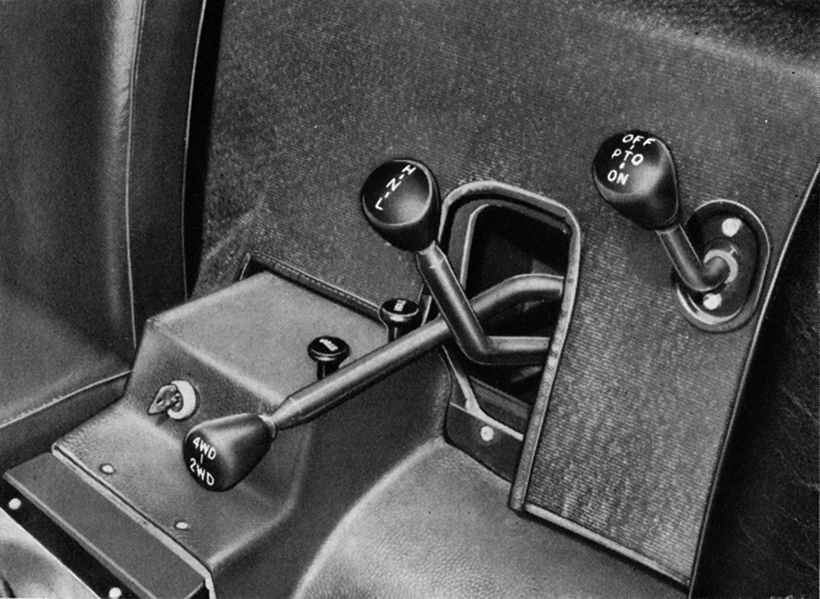
Conveniently positioned selection levers provided PTO engagement as well as two- or four-wheel drive via the mid-mounted transfer box.
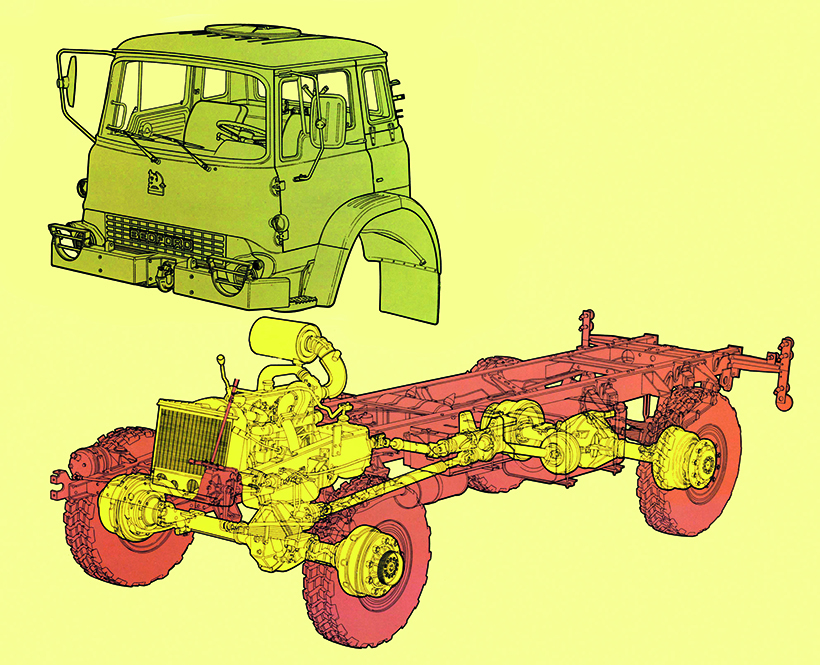
Detailed ghosted view of MKP2 with cab lifted off. Engine access was via side flaps but for major overhauls the cab was removed.

When civilian versions of the M-type appeared they were available with dual rear wheels and grossed 11.2 tons. This shows an MJR2 chassis.
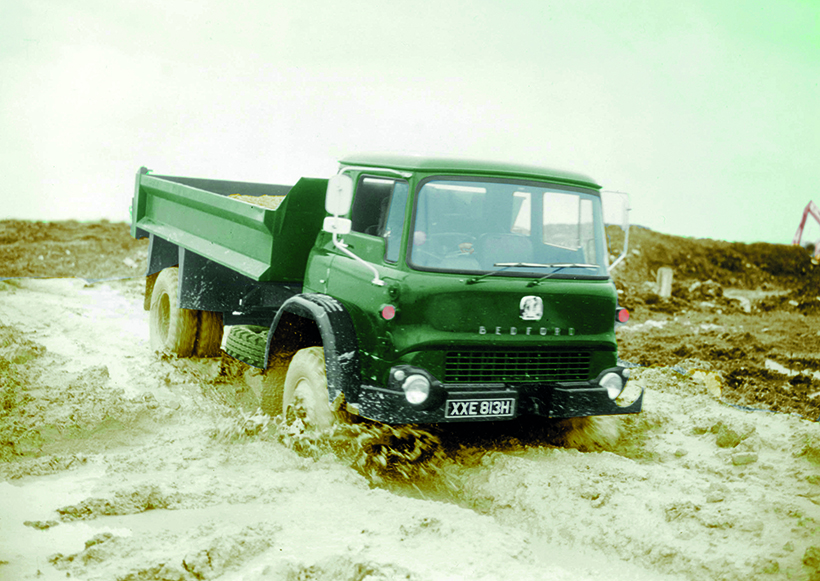
An MJR2 prototype with Telehoist tipping body being put through its paces by the writer in 1970 at a land reclamation site near Portsmouth.
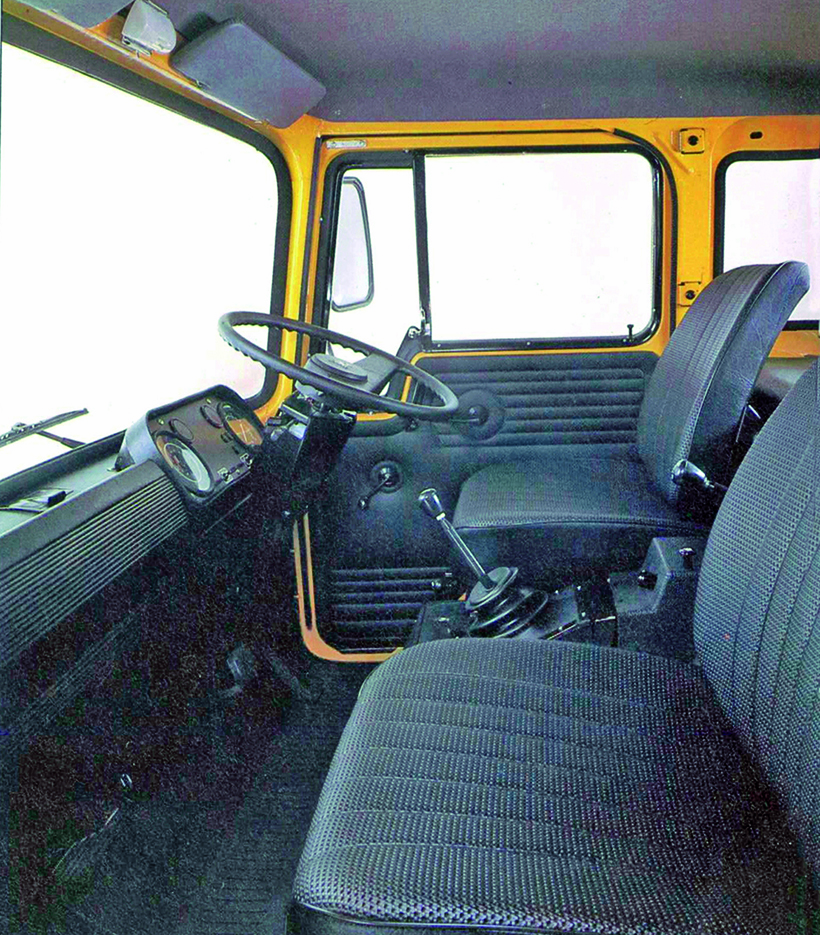
Later civilian models had improved upholstery, new style instrument panel, padded dash and a two-spoke steering wheel as seen here.
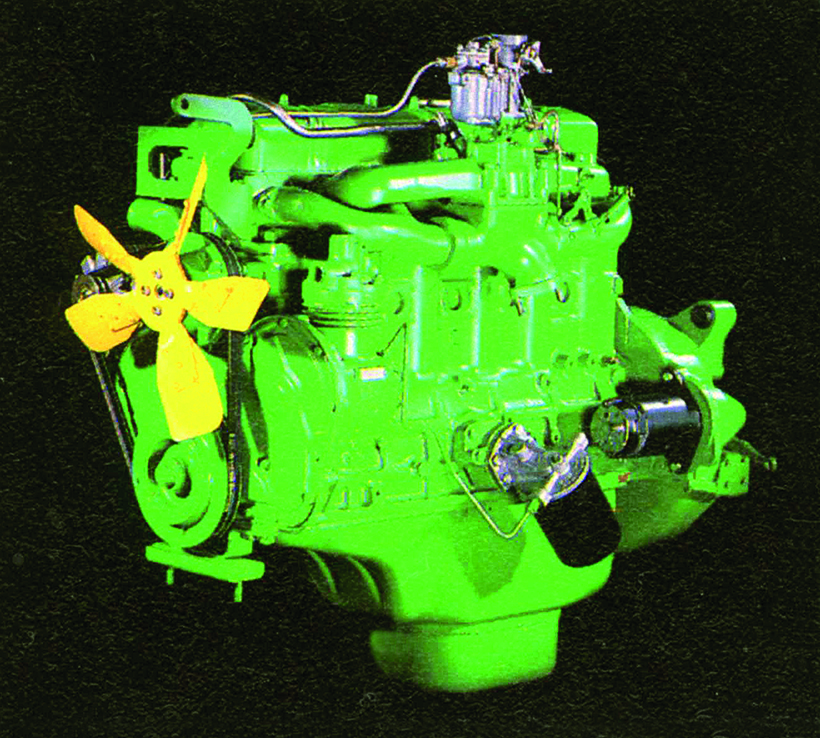
As an option to the standard diesel engine the M-type was available with the 300 cu in (4.9 litre) 6-cyl petrol until 1982, mainly for export customers.

The MJR2 4×4 made an impressive on-site tipper for the likes of Egerton Trans-Plant Ltd of Denton, Manchester.
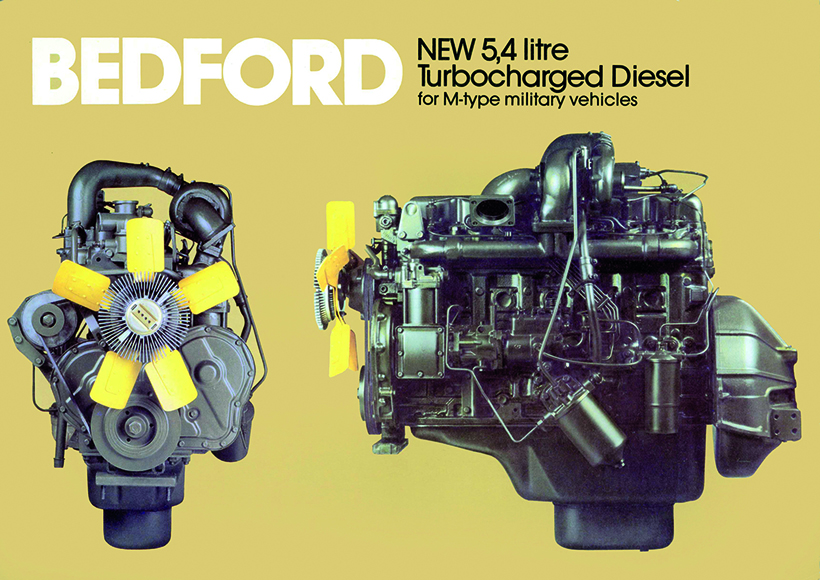
From 1978 the M-type was available with the new Bedford 5.4 litre turbo diesel with an output of 105bhp.
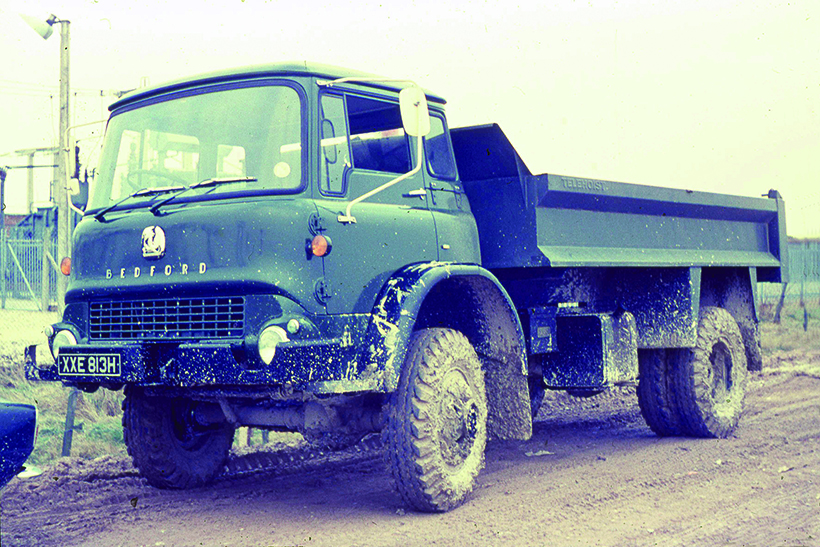
The MJR2 tipper put up an heroic performance during demonstrations in Portsmouth but the writer was then faced with a major cleaning session!

Even towards to end of Bedford’s operations, the M-type continued to serve in the British Army as seen on this 1986 brochure.
For a money-saving subscription to Classic & Vintage Commercials magazine, simply click here



